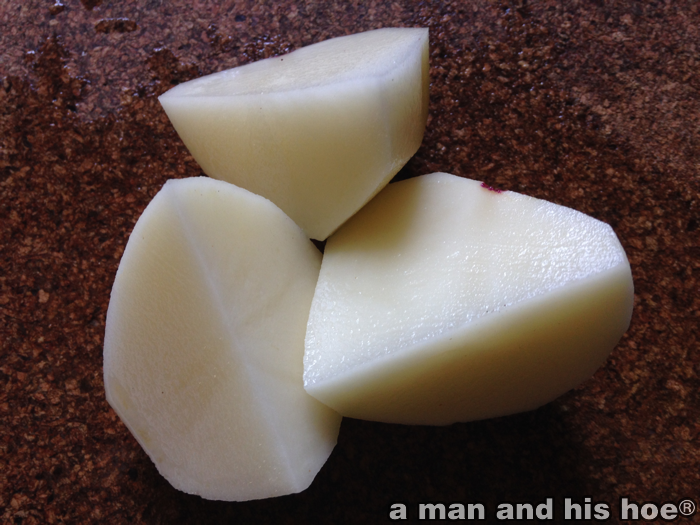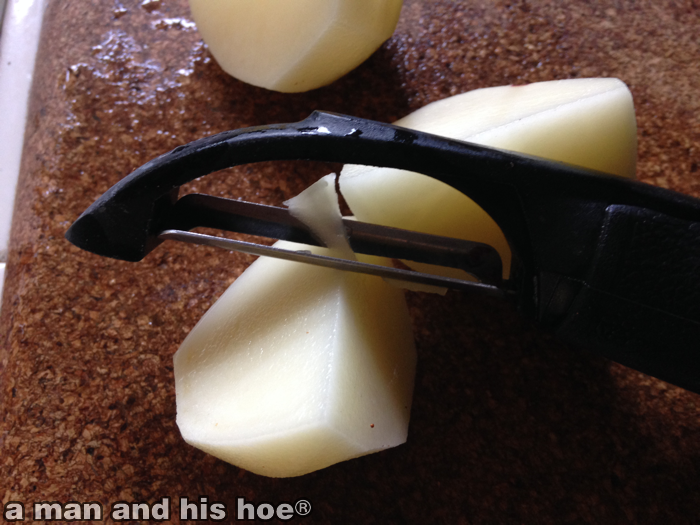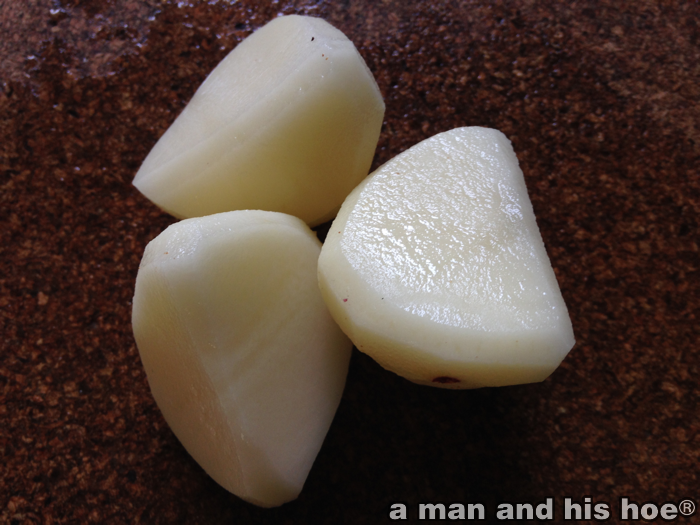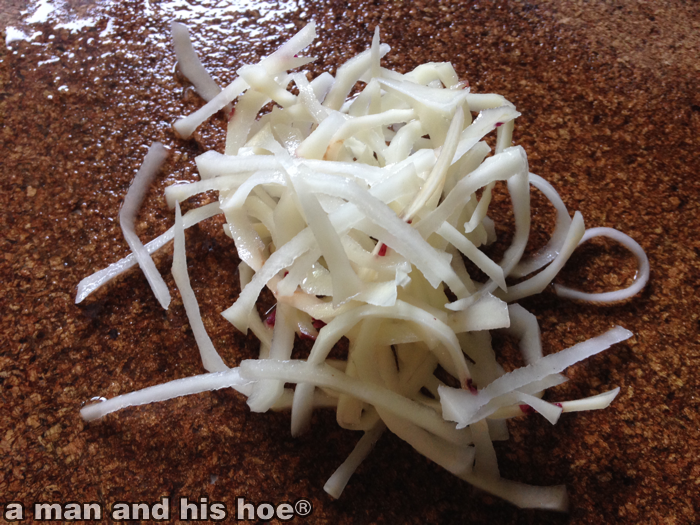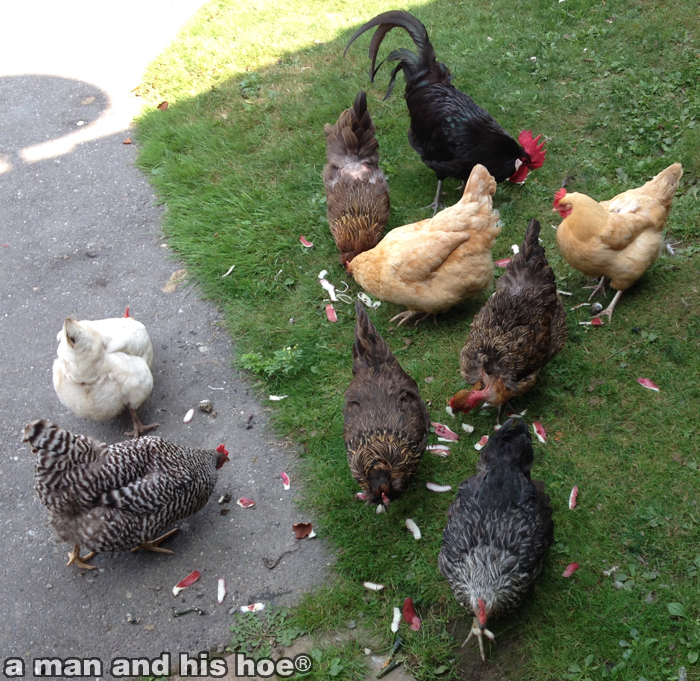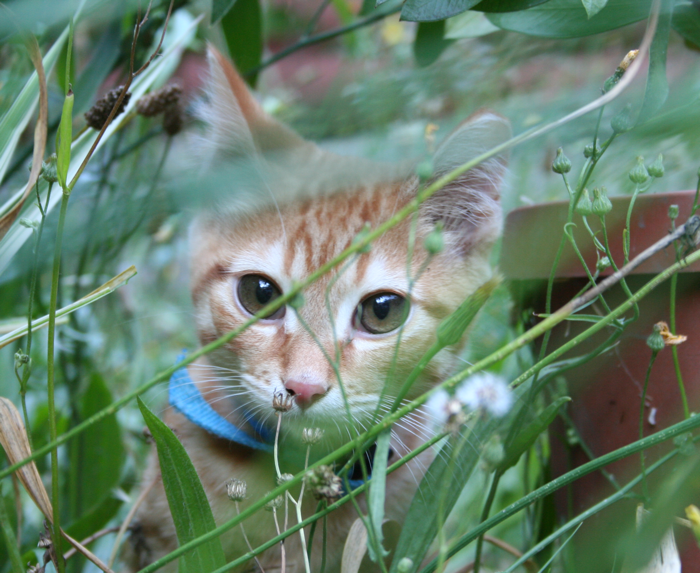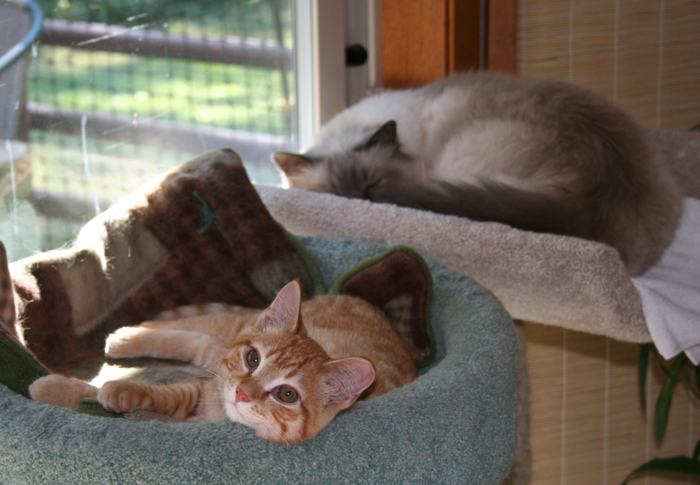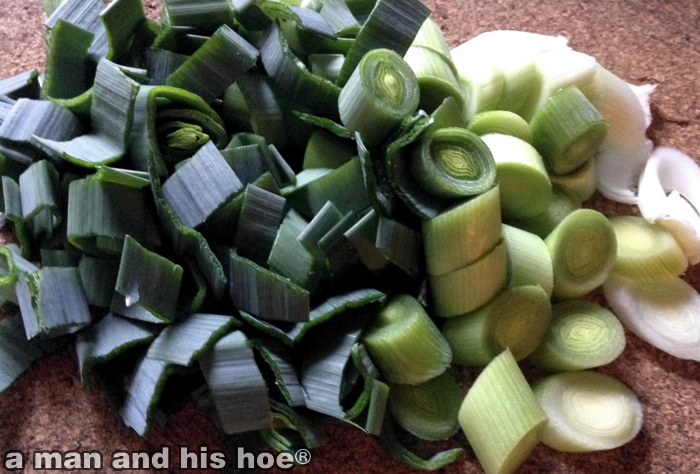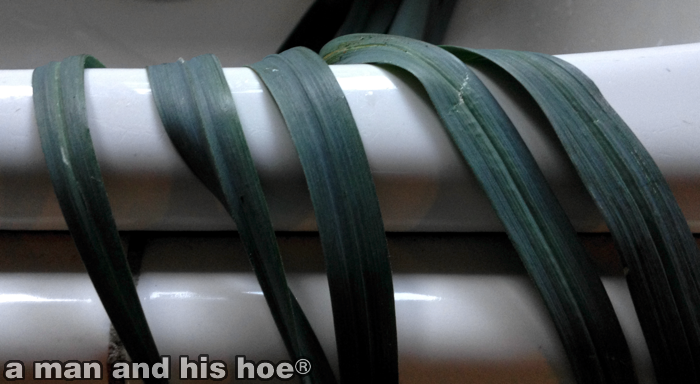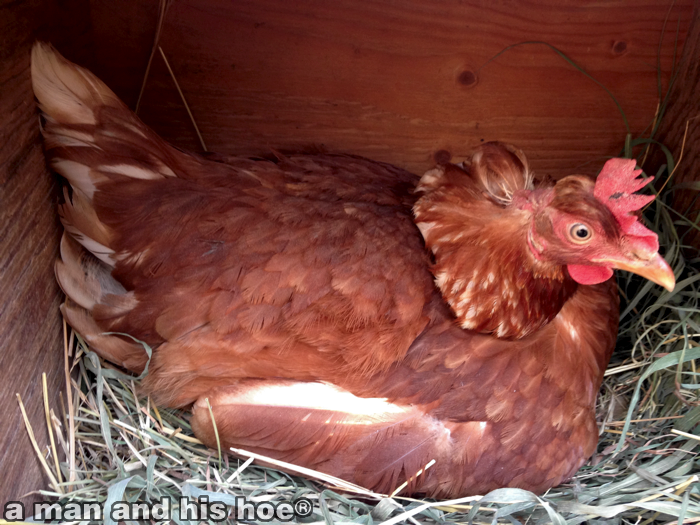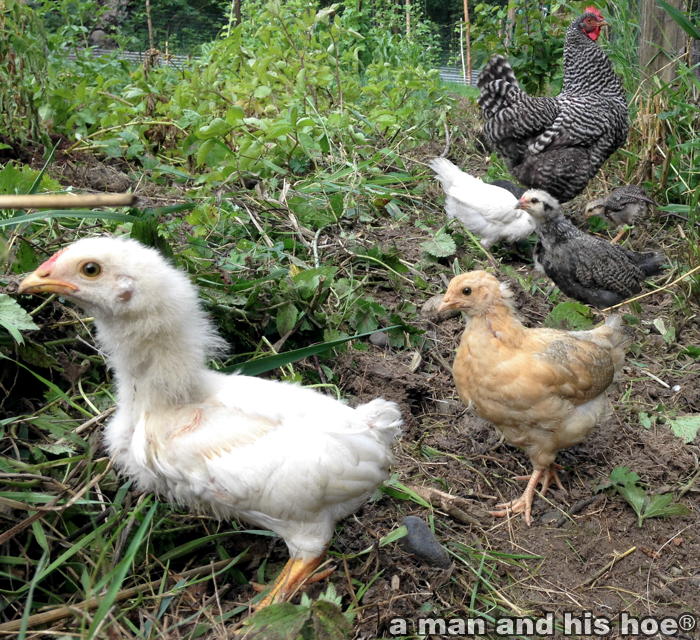
I have plenty of little helpers eager to lend their feet as I clear land for new fencing. These five week old chicks are very curious as to what I am doing. They’ve made the connection that my clearing land means plenty of bugs and earthworms to eat. Their mother is ever vigilant. A mother hen invests so much time and energy raising chicks, I wonder what they feel when their brood is finally raised and on their own. Do they feel a sense of accomplishment?
Two days ago when I heard an eagle cry, I went into the field where I knew she was, to make sure she was safe. I found her but none of her chicks. She had told them to spread out and hide in the grass. They were so well hidden, I almost stepped on one. While they hid, I chased the eagle off. Once it had flown away, I went back to check on the mother and her chicks. One by one the chicks popped out of the grass they were hiding under, and I herded the mother and chicks out of the field.
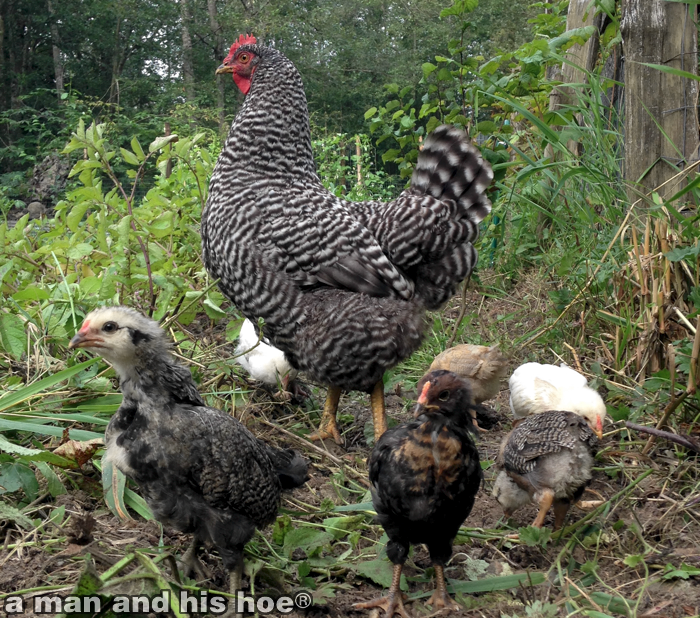
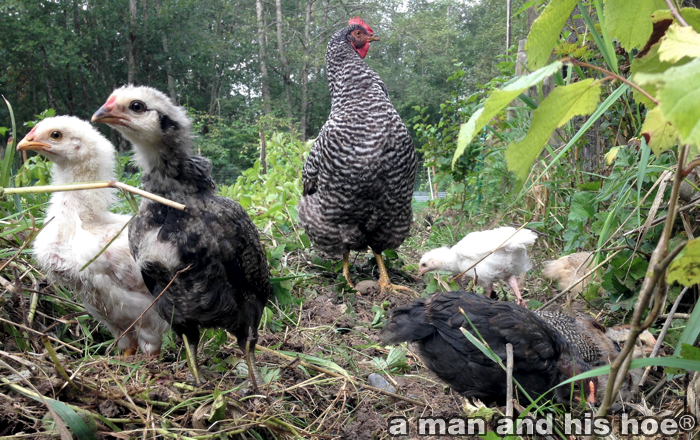
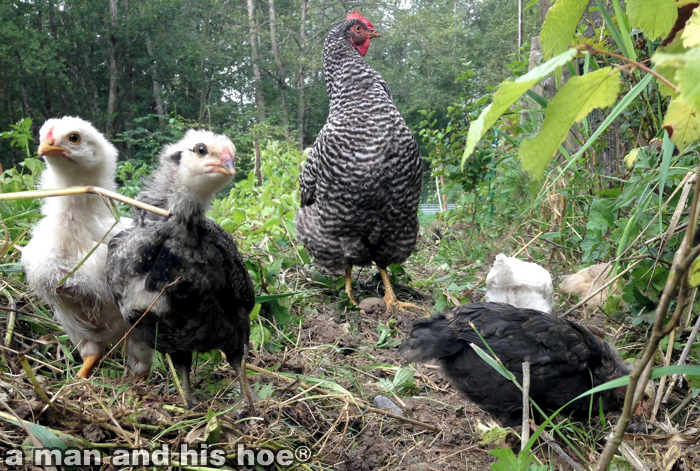
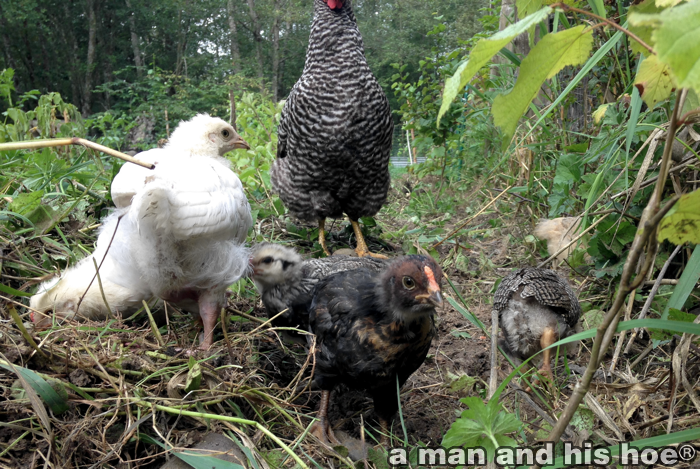
Chickens have tiny brains. There is no denying that. But they aren’t small robots with no feelings. They feel joy, exhilaration, angst, fear, rage, jealousy, a rich spectrum of emotions. They deserve to be treated with great respect and love.
